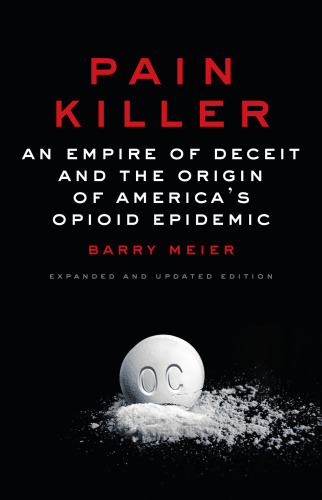
Pain Killer
An Empire of Deceit and the Origin of America's Opioid Epidemic
امپراتوری دویت و خاستگاه اپیدمی آمریکایی
کتاب های مرتبط
- اطلاعات
- نقد و بررسی
- دیدگاه کاربران
نقد و بررسی

October 1, 2003
Investigative reporter Meier explores the troubling issues raised by the powerful prescription painkiller OxyContin, which touched off what many saw as an epidemic of addiction and crime, especially in Appalachia, where the drug became known as"hillbilly heroin.". At one level, Meier's story is a public health quandary pitting the interests of patients and their advocates in the"pain management movement"--which urges the increased use of strong opiates like OxyContin to help cancer patients and other victims of chronic pain--against the irrepressible urge of bored teenagers to abuse anything that will get them high. But it's also a cautionary tale about the corrupting influence of the profit motive on medicine. According to Meier, Purdue, the pharmaceutical company that makes the drug, touted it as a less addictive alternative to other formulations, then dragged its feet on restricting the drug when reports of addiction and illicit dealing began to come in--sometimes from its own salespeople. Meanwhile, Purdue launched a massive promotional campaign, complete with lavish ads, company-sponsored medical associations and physician-spokesmen, to convince doctors to prescribe OxyContin even for minor bouts of pain, thus fueling the drug's availability on the street. Meier combines a well-researched account of the medical controversy surrounding OxyContin with affecting reportage on one of its victims, a high school cheerleader whose life went into a tailspin once she encountered the drug. His book is an absorbing indictment of the modern health-care marketing industry, which, as depicted here, has blurred the line between medical"education" and shilling.

























دیدگاه کاربران